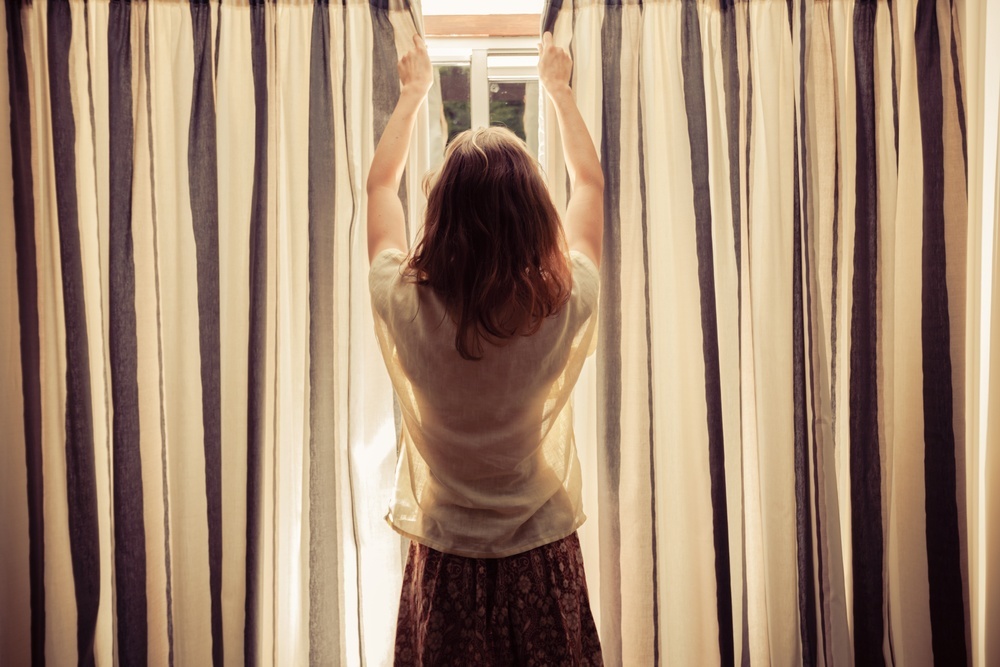 When the winter winds begin to blow, you need to consider your home's "window wardrobe" as a way to keep warm air in, cold air out, and heating costs down.
When the winter winds begin to blow, you need to consider your home's "window wardrobe" as a way to keep warm air in, cold air out, and heating costs down.
Of course the most efficient thing you can do to winterize your windows is inspect them all thoroughly and invest in high-quality vinyl replacement windows where necessary. This step can dramatically increase the energy efficiency of your home and boost its curb appeal at the same time.
But all windows benefit from seasonally-appropriate dressing and the sooner you get your windows appropriately outfitted for winter, the sooner you'll start enjoying cozy, draft-free comfort. Here are some tips on creating a winter wardrobe for your windows.
Layering
Just as layers play an important role in your own winter clothing choices, layering your window dressings can make a huge difference to how your home feels. Start with the layer closest to the window panes; if you have mini-blinds or roll-up blinds in place, consider lowering or closing them when winter is at its worst. If you aren't currently using blinds or roll-ups this might be a good time to consider them, at least as a seasonal addition. Blinds can be an effective draft blocker, especially on cold winter nights.
Types of Curtains
Now move on to the curtains. The light and breezy sheer panels that are perfect in the spring and summer need to be packed away and replaced with semi-opaque curtain panels that are denser and more closely woven. Lightweight translucent drapes may look great, but they do very little toward protecting your windows or blocking drafts. Though they may not "bring the outside in" like summer sheers do, they still allow light to penetrate and they'll provide a layer of defense against drafts.
Look for heavier drapes that are closely woven, opaque, and preferably lined. Special thermal drapes are a great choice for winter windows, but "light blocker" draperies that feature vinyl or rubberized linings can also work well. The man made lining layer acts as a moisture barrier that keeps the indoors feeling drier and more comfortable.
It's also important to be sure your draperies are long enough to graze the floor and wide enough to close completely to completely seal out drafts. Drawing the drapes does block the room's natural light, so you might want to reserve this action for evenings, but you'll appreciate the warm results.
